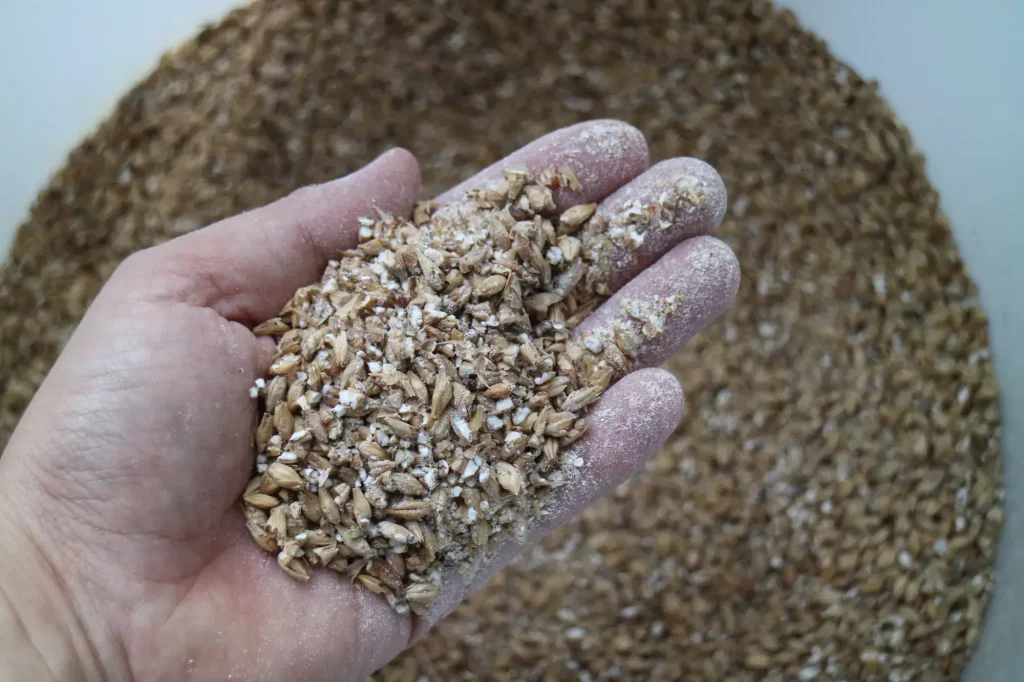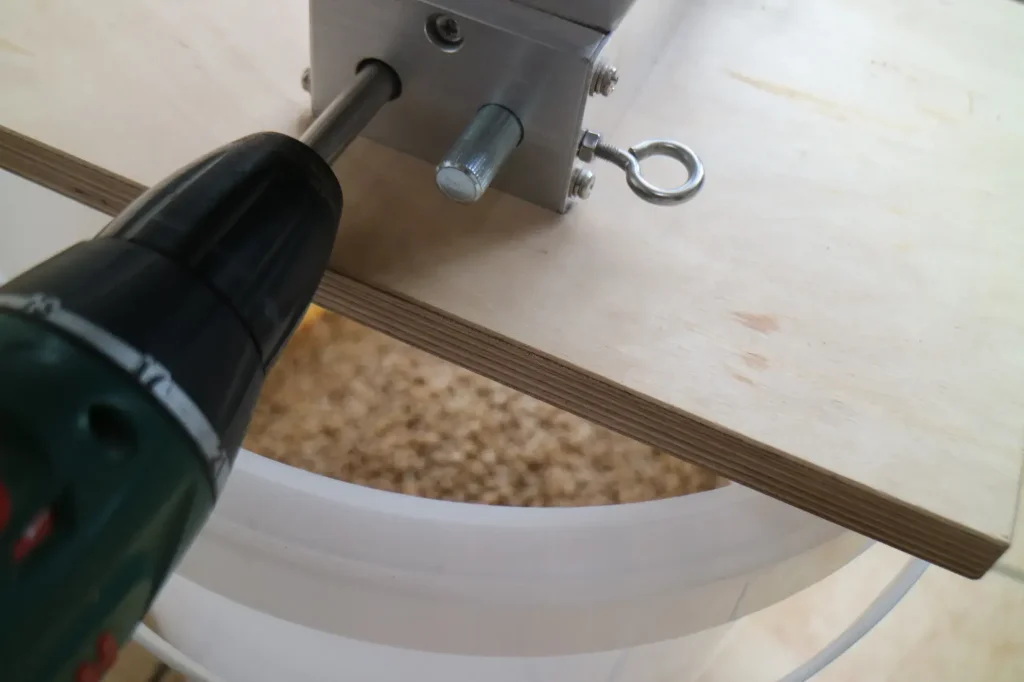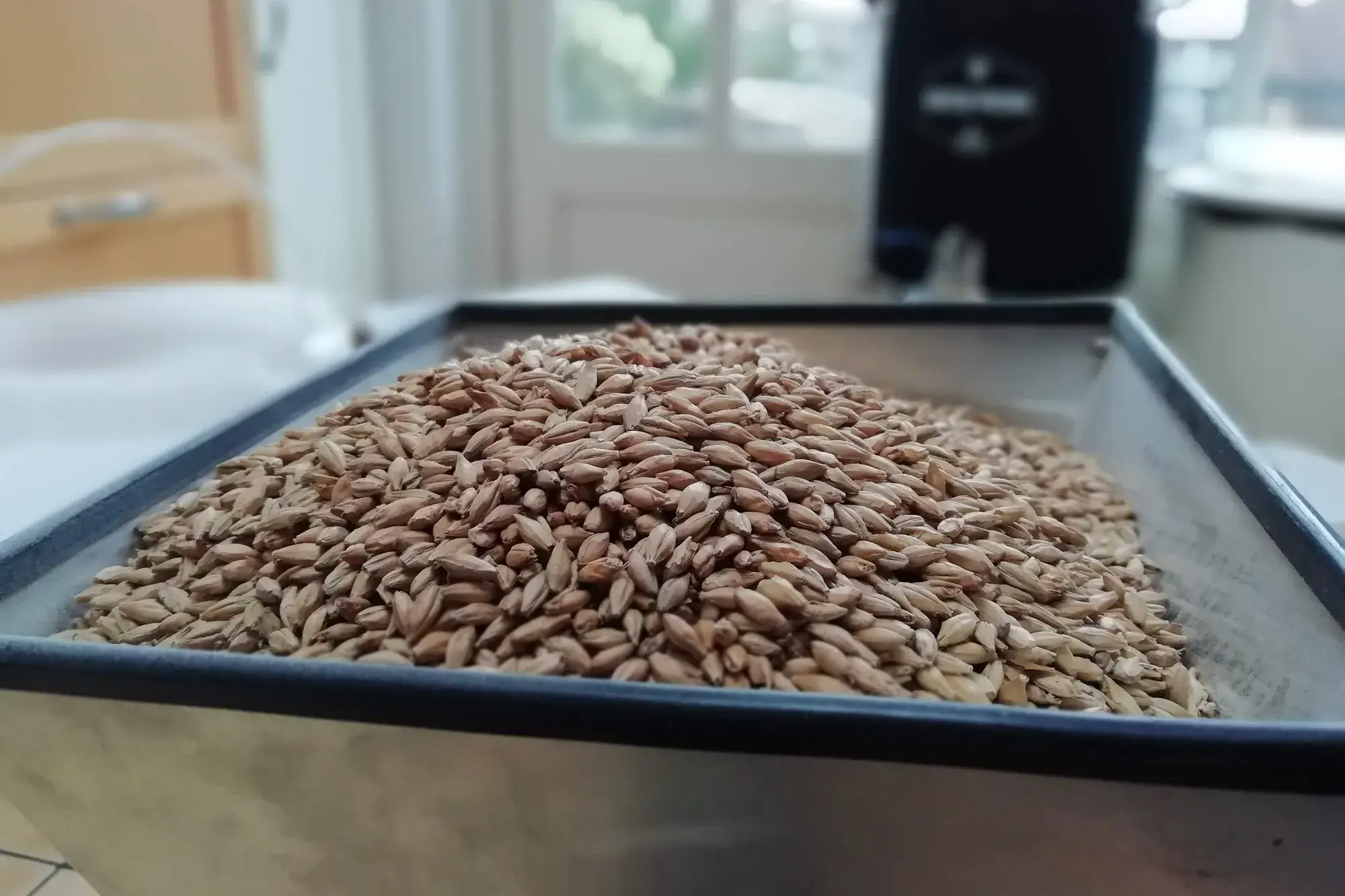In the intricate world of brewing, one cannot underestimate the significance of malt. However, incorporating malt into the brewing process involves more than a simple addition to the mash water—it requires a crucial preliminary step known as malt crushing. But what does this process entail?
Malt grains are composed of starch encased in a protective husk, ensuring the malt’s longevity. Yet, during brewing, this husk becomes a challenge.
Our primary focus during brewing is on the inner starch of the malt grain, and to access it, we must engage in the practice of crushing.
Understanding the essence of malt crushing
Crushing involves grinding the grains, breaking the husk, and exposing the starch. This liberated starch is then more easily converted into fermentable and non-fermentable sugars during the mashing process.
Properly crushed malt ensures that the husk serves as an effective filter bed during the lautering of the mash.
The key lies in finding the right fineness for the crushed malt. Coarse crushing risks insufficient starch exposure, lowering mash efficiency. Conversely, overly fine crushed grains resembles flour, posing the risk of tannin-rich husks leading to an overly bitter brew. Filtration issues may arise with overly fine crushed malt, causing complications in all-in-one kettles.

ADvertisement
Unveiling the secrets of malt crushing
Malt crushing is predominantly carried out using a grain mill, with some mills allowing the attachment of a power drill for a more efficient process.
An alternative to the grain mill is an old coffee grinder, a practical solution for those without access to a specialized mill.
How fine should you crush?
Balancing the fine line between coarseness and fineness is crucial. Using a credit card to set the gap in a roller mill results in optimal coarseness, around 1 mm to 1.1 mm.
For those grappling with gap adjustment, double crushing may offer a solution for enhanced results.
How fast should you crush?
While a power drill aids efficiency, caution is necessary. Crushing at full speed risks leaving some grains intact, hindering the process. Gentle, careful crushing is recommended to avoid complications.

Exploring the realm of wet milling
In wet milling, water is introduced to the malt, toughening the grains and reducing the likelihood of husk rupture during crushing.
Adding 10 to 15 ml of water per kilogram (2.2 pounds) of malt and thorough hand mixing results in a wet malt. Allowing the malt to rest for 10 minutes before a final stir ensures optimal wet crushing.
Did you know that wet milling potentially yields an additional 5% to 10% in mash efficiency. Alternative for wet milling is performing a double crush.
Can you crush in advance?
While crushing typically occurs on brew day, time-conscious brewers may perform this step the day before. Storing the crushed malt in an airtight container at room temperature maintains its integrity.
Mastering the art of malt crushing is a nuanced endeavor, demanding precision and understanding. It sets the stage for a successful brewing journey, paving the way for rich, flavorful concoctions.

